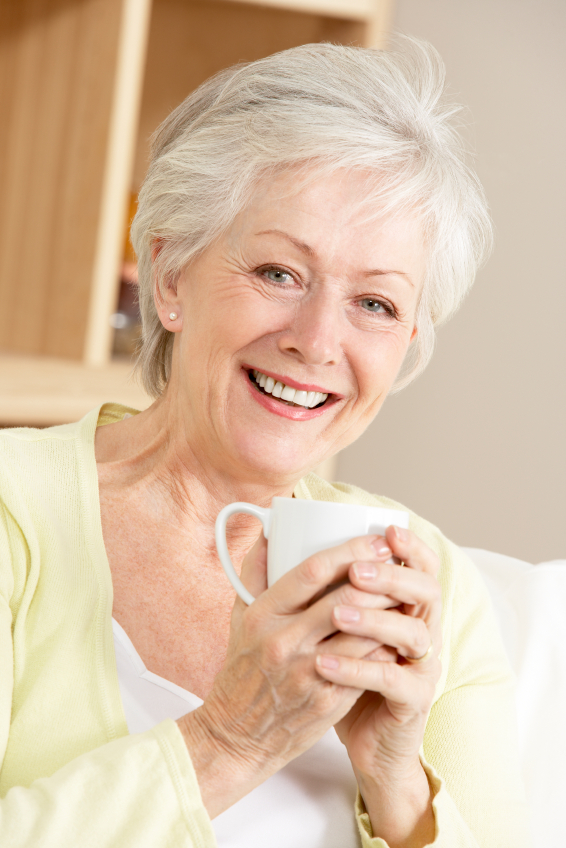
An estimated 33 million people – 80% which are women – suffer from an overactive bladder. Urinary incontinence, also known as bladder incontinence, is the loss of bladder control. In some cases, individuals suffer from a total loss of bladder contents, or it may just cause minor leakage. This issue is more than just medical problem; it can affect emotional, psychological and social life as well.
There are many people who think urinary incontinence comes with age, but it is actually a symptom that can be caused by many conditions. However, the cause of urinary incontinence differs between men and women. Urinary incontinence is separated into three different types, and some may experience a mix of the types or all three. The following includes the three different types of urinary incontinence:
Stress incontinence. This type of incontinence occurs when you apply pressure on your bladder by exercising, laughing, sneezing, coughing or lifting something heavy. The activity causes the sphincter to weaken and release urine.
Urge incontinence. Urge incontinence occurs when you feel the sudden, intense urge or need to urinate. Often times, after feeling the urge to go you won’t have time between the urge and the loss of urine to make it to the restroom.
Overflow incontinence. This type occurs when you experience frequent dribbling or urine, due to the fact that your bladder doesn’t empty completely.
There are lots of devices and products that can collect and hold urine. Not only will they help manage bladder leakage, but they will give older and disabled people more freedom to enjoy life. If you find you’re having issues with your bladder, consult your medical professional about your options.
If you would like more information about urinary incontinence, contact Dr. Gordon C. Gunn MD at 714-912-2211 or visit www.gordongunnmd.com to schedule an appointment today.
Dr. Gunn proudly serves Fullerton and all surrounding areas.


